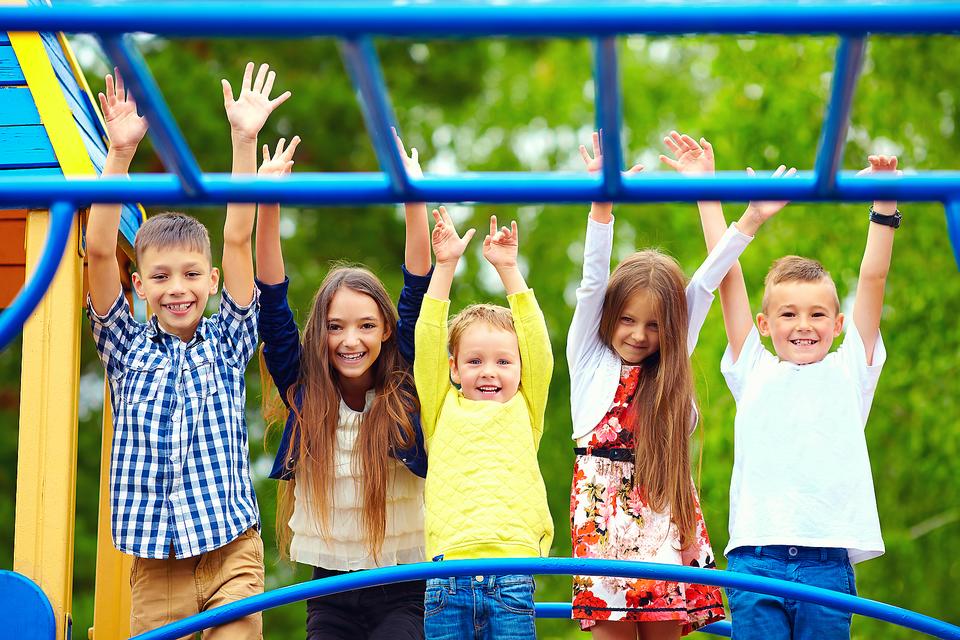
In today's fast-paced world, it is essential to provide enriching playtime activities that foster creativity, imagination, and development for preschoolers.
This article presents a curated list of the top 10 activities that your little one will love.
From sensory play to block building, finger painting to dancing, each activity offers a unique opportunity for exploration and learning.
Get ready to engage your preschooler in playtime experiences that promote their growth and spark joy in their hearts.
Sensory Play
Sensory play, which engages a child's senses and promotes cognitive development, is an essential component of a preschooler's playtime experience. Through sensory exploration, children are able to make sense of the world around them while developing their motor skills, language, and problem-solving abilities.
One popular sensory play activity for preschoolers is sensory bins. These bins are filled with various materials such as sand, water beads, or rice, along with objects like scoops, funnels, and small toys. When children dig their hands into the bins, they are not only engaging their sense of touch but also stimulating their imagination and creativity.
Sensory bins provide a safe and controlled environment for children to explore different textures, shapes, and sizes, fostering their curiosity and leading to meaningful play experiences.
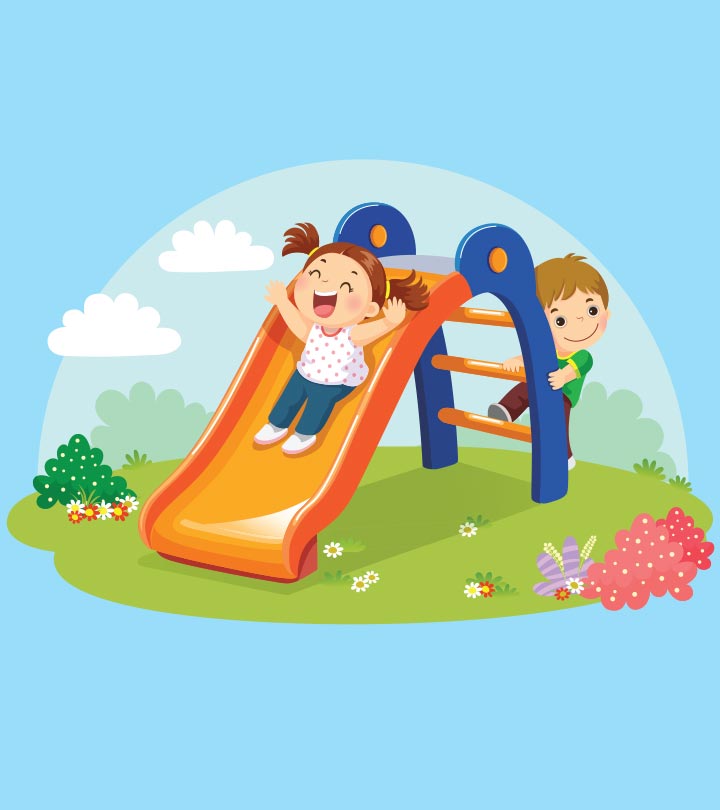
Block Building
Block building is a fundamental and engaging activity that promotes cognitive and motor development in preschoolers. Through block stacking and building towers, children are able to explore their creativity, develop problem-solving skills, and enhance their spatial awareness.
This activity allows them the freedom to experiment with different shapes, sizes, and structures, stimulating their imagination and critical thinking abilities. As they manipulate the blocks, preschoolers develop their hand-eye coordination and fine motor skills, improving their dexterity and precision.
Moreover, block building encourages social interaction and collaboration, as children work together to construct elaborate structures. It also provides opportunities for language development, as they describe their creations and discuss their ideas with others.
Finger Painting
One engaging activity that complements block building and promotes sensory exploration in preschoolers is finger painting. Finger painting allows children to express their creativity freely while also developing important skills such as hand-eye coordination.
Here are three reasons why finger painting is a great playtime activity for your preschooler:
- Color mixing: Finger painting provides an opportunity for children to experiment with colors. They can mix different shades and observe the results, fostering their understanding of color theory.
- Sensory experience: The tactile nature of finger painting stimulates the senses, allowing children to explore different textures and sensations. It encourages them to engage with the world around them through touch.
- Self-expression: Finger painting allows children to express themselves freely and without restrictions. They can use their fingers to create unique patterns and designs, promoting individuality and creativity.
Playdough
Playdough is not just a fun activity for preschoolers, it also offers numerous sensory benefits.
The squishy texture of playdough helps develop fine motor skills and hand-eye coordination, while the different colors and scents stimulate the senses.
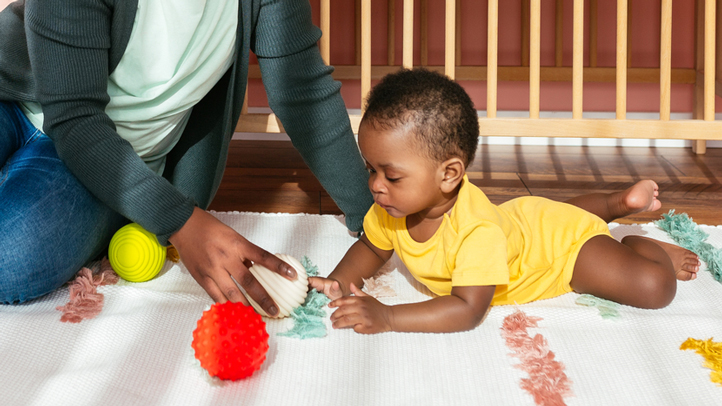
Additionally, playdough can be used for educational activities like shaping letters and numbers, practicing counting, or exploring basic shapes.
Sensory Benefits of Playdough
Playdough offers numerous sensory benefits that are highly enriching for preschoolers. The squishy texture and malleability of playdough provide a unique sensory experience that engages children's senses and encourages sensory exploration.
Here are some key benefits of playdough for your child:
- Sensory exploration: Playing with playdough allows children to explore different textures, temperatures, and shapes, stimulating their senses of touch and proprioception.
- Fine motor skills: Manipulating playdough helps strengthen the muscles in a child's hands and fingers, improving their fine motor skills and hand-eye coordination.
- Creativity and imagination: Playdough is an open-ended material that allows children to express their creativity and imagination. They can mold it into various objects, animals, or shapes, enhancing their cognitive and imaginative skills.
Educational Playdough Activities
To enhance your preschooler's learning experience, incorporating educational activities with playdough can be highly effective. Playdough provides a versatile medium for sensory playdough activities that engage your child's senses while promoting creativity and learning.
One great educational playdough activity is educational block building. By combining playdough with building blocks, your child can explore concepts like shapes, spatial awareness, and problem-solving.
Encourage them to create structures, buildings, or even letters and numbers using the playdough as a bonding agent. This activity not only strengthens their fine motor skills but also enhances their cognitive abilities by encouraging critical thinking and imaginative play.
They can experiment with different block sizes and shapes, learning about balance and stability. So, grab some playdough and building blocks, and watch your preschooler's imagination soar while they explore and learn.
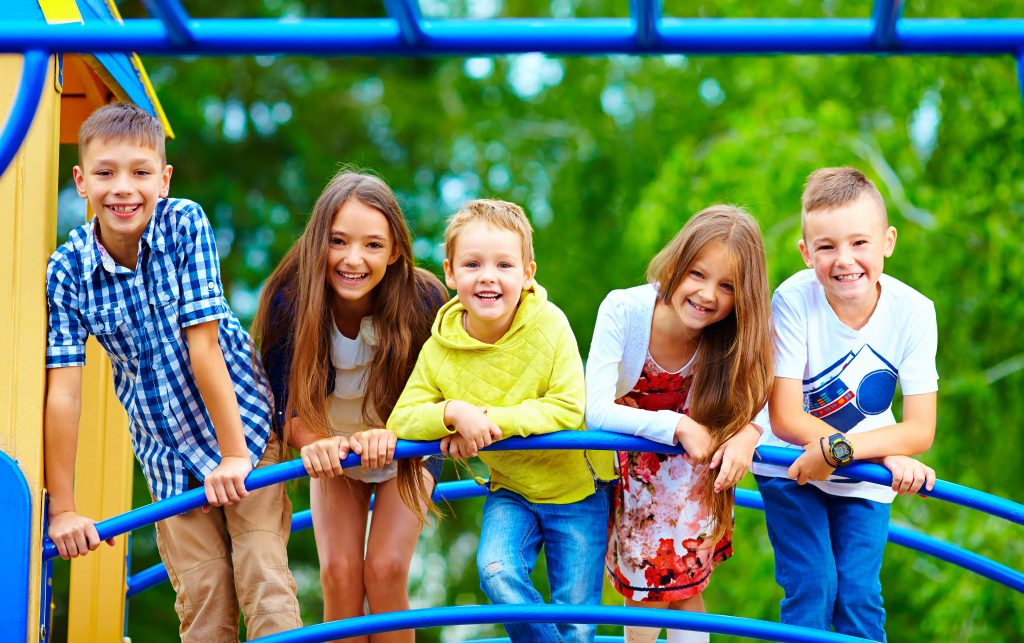
Bubbles
Bubbles are not just fun for preschoolers, they also offer a range of enriching playtime activities. From bubble tricks and games that stimulate creativity and imagination, to homemade bubble solution recipes that can be a fun science experiment, there are endless possibilities for bubble play.
Moreover, bubble play provides several benefits, such as improving hand-eye coordination, promoting sensory exploration, and encouraging social interaction.
Bubble Tricks and Games
Engage your preschooler in an interactive and educational activity by exploring the world of bubble tricks and games. Bubbles have a magical quality that captivates children of all ages. Not only are they fun to play with, but they also provide numerous developmental benefits.
Here are some bubble tricks and games that your preschooler will love:
- Bubble Pop: Challenge your child to pop as many bubbles as they can before they touch the ground.
- Bubble Catch: Encourage hand-eye coordination by having your child catch bubbles on a bubble wand or with their hands.
- Bubble Art: Let your child explore their creativity by blowing bubbles onto a piece of paper and watching the beautiful patterns form.
These bubble tricks and games will not only entertain your preschooler but also enhance their motor skills, hand-eye coordination, and creativity. So, grab a bottle of bubble solution and get ready for hours of fun and learning!
Bubble Solution Recipes
One essential aspect of exploring the world of bubble tricks and games is having a variety of bubble solution recipes on hand. Creating your own bubble solution not only allows you to control the ingredients, but it also adds an extra element of fun to the playtime experience.
To make your own bubble solution, you will need a few simple ingredients. Start with 1 cup of dish soap, such as Dawn or Joy, and mix it with 4 cups of water. For added durability, you can also add 1 tablespoon of glycerin or corn syrup.
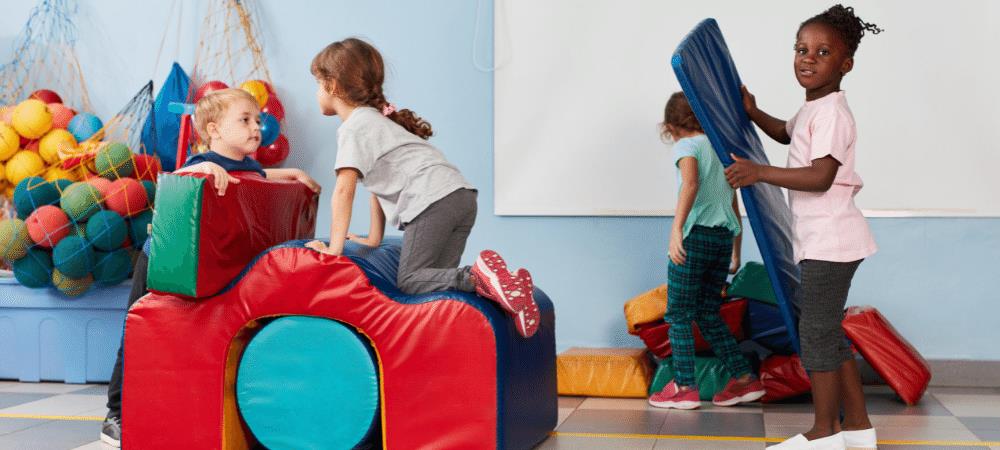
Once you have your bubble solution ready, it's time to master the art of bubble blowing. Encourage your preschooler to experiment with different bubble blowing techniques, such as using a traditional wand or even using their hands to create giant bubbles.
Benefits of Bubble Play
Bubble play offers numerous benefits for preschoolers, fostering their sensory development and enhancing their fine motor skills. Engaging in bubble play can provide a fun and educational experience for young children. Here are some of the benefits of incorporating bubbles into playtime:
- Sensory Development: Blowing and popping bubbles allows preschoolers to explore different textures, sights, and sounds, stimulating their senses and helping them develop sensory awareness.
- Fine Motor Skills: Handling a bubble wand and trying to blow bubbles requires precise hand-eye coordination and control, promoting the development of fine motor skills.
- Creative Exploration: Bubbles can be used in various bubble science experiments and bubble art projects, encouraging preschoolers to explore and experiment with different materials and techniques.
Musical Instruments
Preschoolers can explore the world of music by experimenting with various musical instruments. Musical exploration not only exposes children to different sounds and melodies but also helps develop their rhythm and movement skills.
Introducing your preschooler to musical instruments can be a fun and enriching experience. They can start with simple instruments like drums, xylophones, or maracas, which allow them to experiment with rhythm and create their own beats. As they grow older, they can try more complex instruments like keyboards or guitars, which offer a wider range of sounds and allow for more creative expression.
Encouraging your child to engage in musical activities not only enhances their cognitive and motor skills but also fosters their creativity and self-expression. So, let your preschooler's imagination soar as they explore the world of music through playing musical instruments.
Dress-up
Dress-up play is not only a fun way for preschoolers to express their creativity, but it also offers numerous benefits for their development.
By wearing different costumes, children can explore different roles and engage in imaginative role-play, which enhances their social and emotional skills.
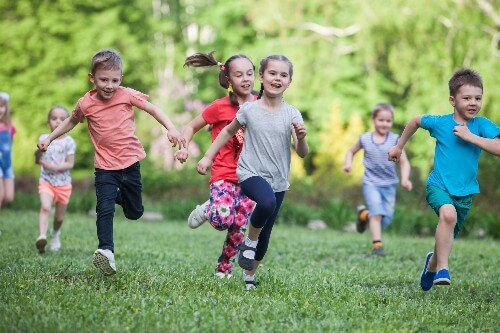
Additionally, costume creativity allows them to think outside the box and develop problem-solving abilities as they transform into various characters.
Costume Creativity Benefits
Engaging in imaginative role-playing through costume creativity can provide numerous benefits for young children. Dressing up and exploring different characters can foster their creativity and imagination, while also offering opportunities for learning and growth. Here are some of the benefits of costume design creativity and theatrical play for preschoolers:
- Enhances cognitive development: Dressing up allows children to think critically, solve problems, and make decisions about their characters and storylines.
- Promotes social skills: Role-playing with costumes encourages interaction and cooperation with others, helping children develop empathy, communication, and teamwork.
- Boosts self-confidence: When children put on costumes, they can step into the shoes of their favorite characters, boosting their self-esteem and allowing them to express themselves freely.
Imaginative Role-Play Advantages?
Exploring different characters and their storylines through imaginative role-play fosters creativity and enhances cognitive development for young children. Dressing up in costumes allows preschoolers to step into different roles and engage in creative storytelling. This form of play allows them to use their imagination, problem-solving skills, and language abilities as they create and act out their own narratives.
Imaginative play benefits children in various ways. It helps them develop social skills as they interact with others and negotiate roles and storylines. It also encourages emotional development as they explore different perspectives and emotions through their characters. Additionally, imaginative role-play promotes cognitive growth by stimulating critical thinking, language development, and memory recall.
Creative storytelling is a fundamental aspect of imaginative role-play. It allows children to express themselves, develop their communication skills, and create narratives that reflect their thoughts, ideas, and experiences. Through storytelling, preschoolers can develop their vocabulary, improve their narrative skills, and gain a deeper understanding of the world around them.
Incorporating dress-up activities into playtime provides preschoolers with a rich and engaging experience that nurtures their imagination, creativity, and cognitive abilities. It allows them the freedom to explore different characters and storylines, fostering their development in a fun and enriching way.
Story Time
During story time, preschoolers can engage in imaginative play while developing their language and listening skills. Storytelling techniques and interactive storybooks are excellent tools to capture their attention and stimulate their creativity.
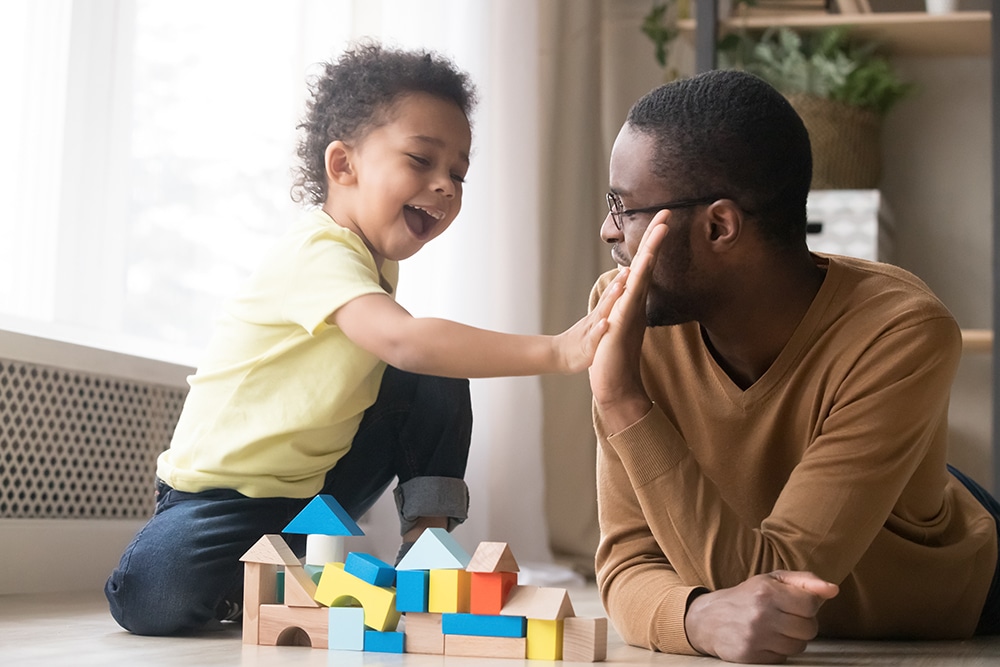
Here are three ways to make story time even more enriching and enjoyable for your little ones:
- Use props and puppets: Incorporating props and puppets into storytelling can make the experience more interactive and engaging. Children can actively participate by holding or manipulating the props, bringing the story to life.
- Encourage storytelling: Instead of always reading stories to your preschooler, encourage them to tell their own stories. This helps foster their imagination and language skills, allowing them to express themselves freely.
- Ask open-ended questions: After reading a story, ask your child open-ended questions about the characters, plot, or their favorite part. This encourages critical thinking and helps develop their comprehension skills.
Animal Role-Play
Preschoolers can enhance their imaginative play and cognitive skills through animal role-play activities. Animal costumes and pretend play can transport children into a world of creativity and learning.
Encouraging your preschooler to act like their favorite animal allows them to explore different characteristics, behaviors, and habitats. This type of play fosters empathy, as they imagine what it's like to be an animal and understand their needs.
Animal role-play also promotes language development, as children engage in conversations about their chosen animal and its traits. Additionally, it helps them develop problem-solving skills as they navigate through various scenarios.
Whether your child pretends to be a roaring lion or a graceful butterfly, animal role-play provides a fun and enriching experience that nurtures their imagination and cognitive abilities.
Dancing
Engaging in rhythmic movement, dancing is a fun and beneficial playtime activity for preschoolers. Dance classes offer a structured environment where children can learn various dance styles, improve coordination, and develop flexibility. It's a great way for them to express themselves creatively and build confidence in their abilities. Dance performances provide an opportunity for preschoolers to showcase their skills and feel a sense of accomplishment.
When it comes to dancing, here are three reasons why it's a fantastic playtime activity for your little one:

- Physical Development: Dancing helps improve balance, strength, and agility, enhancing overall physical development.
- Cognitive Skills: Learning dance moves and following instructions stimulates cognitive abilities, memory, and problem-solving skills.
- Emotional Well-being: Dancing allows children to express their emotions through movement, promoting self-expression and emotional well-being.
Frequently Asked Questions
What Are the Benefits of Sensory Play for Preschoolers?
Sensory play offers numerous benefits for preschoolers, promoting their cognitive, physical, social, and emotional development. These activities engage their senses, enhance their problem-solving skills, stimulate creativity, and foster self-regulation and sensory integration, laying a strong foundation for early childhood development.
How Can Block Building Enhance a Preschooler's Cognitive Development?
Block building plays a significant role in enhancing a preschooler's cognitive development. It promotes problem-solving skills, spatial awareness, and creativity. Through the manipulation of blocks, children engage in hands-on learning experiences that stimulate their critical thinking abilities.
What Materials Are Needed for Finger Painting With Preschoolers?
Finger painting with preschoolers is an engaging and creative activity that requires minimal materials. By using non-toxic paint, paper, and smocks, children can explore various finger painting techniques and discover the limitless possibilities for artistic expression.
Is Playdough Safe for Preschoolers to Use?
Playdough is generally safe for preschoolers to use, as long as they do not ingest it. There are many playdough recipes available that are non-toxic and edible, and there are also alternative materials that can be used for sensory play.
How Can Dancing Contribute to a Preschooler's Physical Development?
Dancing can greatly contribute to a preschooler's physical development, particularly in the area of gross motor skills. It helps improve coordination, balance, strength, and flexibility, while also promoting overall body awareness and control.